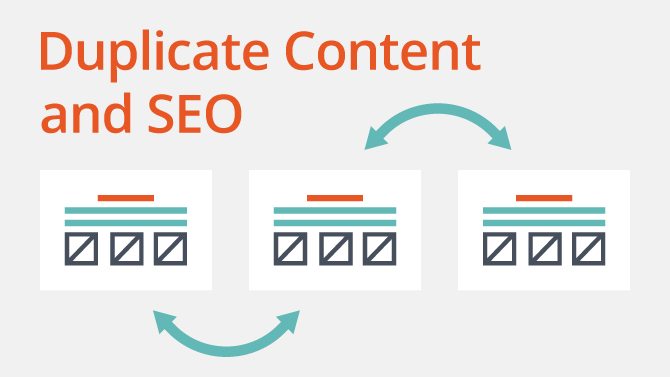Connect with us
Recent Posts
-
How to Get Your Content Syndicated…
… without worrying about duplicate content.
A terrific way to build links is to create strong original content and offer it free to other web sites on the condition that they keep an attribution link that points back to your site.
Giving away content isn’t hard – web site owners as well as bloggers are constantly needing fresh content, and it can get expensive. New content does however increase the value of their site and help them keep up to date in niche markets. But how do you syndicate content without losing the value of it? Many website owners over the past few years have realized that spreading the exact same content through the web can result in a version ranking higher than their own.
Duplicate content refers to the situation that occurs when a search engine spiders the web and finds the same article in two different locations. Search engines are smart enough now to realize this fact in most cases, and don’t want to present their viewers with pages of the same article based in different places on the web.
So, the search engine chooses one published version to show in the search results for particular search queries. It is believed that they try to show the original author, but this is not guaranteed, and in many cases the original author end up not showing in the search results for their own article!
How can you syndicate your content and avoid a duplicate content situation?
Solution one: Syndicate a synopsis with the ending ‘read more’ and a link back to your original article. This will allow readers to get a taste without giving away the entire article and running the risk of the copy being indexed and losing your ranking to it. However, you could possible see several incidences with your synopsis in the results, which adds even more value to your article!
Solution two: Include a ‘no-index’ meta tag with your content. This requires the publisher to tell the search engines that visit his site that the pages you contributed are not to be indexed. If the publisher really is just looking for expanded content for people who are already visiting his site to view, this is perfect – he can display the content to visitors to his site, but search engine spiders still only see your copy and you keep your ranking. However, they can link to and from these pages, and apparently the pages can still act as a conduit for PageRank.
Solution three: Rewrite your own content. If you produce two versions of each piece of content, you can offer one for syndication and let the publishers battle for rankings, collecting links for yourself. This avoids the duplicate content question and allows you to both have original content to build your website and additional content of equal value to offer others for syndication. The key is to truly rewrite the articles, not just replace words or shift paragraphs around. Take the core idea, and rework your approach.
Solution four: Google has announced they will support a cross domain canonical tag. This tag allows you to tell Google which version is master copy in the case of multiple publications of the same article. Simply add the statement <link rel=”canonical” href=”http://www.yourdomain.com/original-article.html” /> in the head section of the page for the duplicate content. Google didn’t specify if pages using this tag can convey PageRank, but most experts agree that it is likely.
Following any of these methods can help you syndicate content without losing your rankings for your original. Link back to the pages with the highest relevance on your web site, and when you syndicate snippets or exact copies of an article from your site, link directly to the page containing the original article.
Happy syndicating!
Recent Posts
-
What are Top 2020 SEO Trends...
1.The ERA Of VOICE SEARCH Hello, 2020! Long gone are the days when we used to head over to the search engines on our desktops and
Read More -
Why Is SEO Super-Duper...
The year’s 2019! We have long laid our footsteps in this digital world. Did you know that more than 4 billion people al
Read More -
National SEO Services –...
Introduction about National SEO Services A National SEO service provider uses search engine optimization practice to enhance the
Read More







